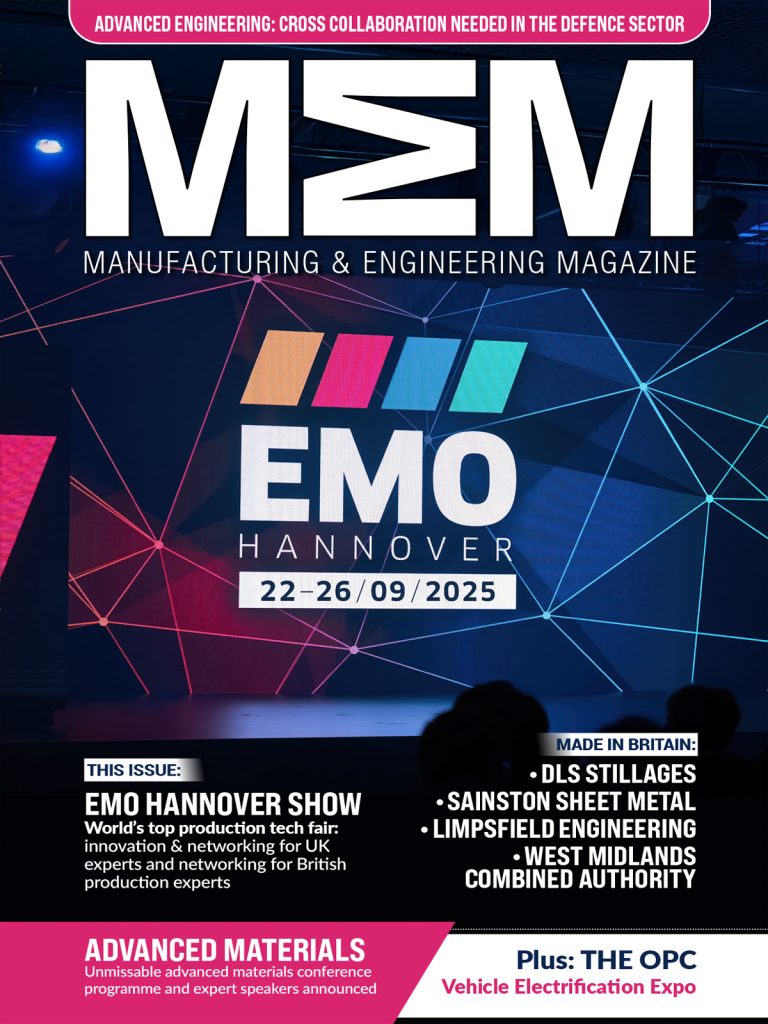The circular economy was initially introduced to businesses and the wider consumer as an idealistic approach to managing our waste. It depicted a system where all the rubbish we produce gets repurposed or recycled continuously, over and over again.
In theory, a fantastic idea. The benefits to the environment are numerous and it could just be the type of system which may save our planet from ruin.
However, in practice, a lot of people and businesses struggle to adopt it. Around 80% of waste which ends up in landfill could have been recycled or repurposed. What’s more, in the UK, we’re only recycling 3% more than we did in 2010! These are damning statistics.
Of course, it is easier to apply circular economy principles to certain waste materials over others due to their intrinsic properties.
A good example of this is with aluminium cans. A can of Coca-Cola can be cleaned, shredded, remoulded back into a soft drink container, and be back on shelves within 60 days.
Furthermore, materials like glass can be recycled with 100% efficiency. This means that nothing is lost during the process – making glass products the holy grail of the circular economy.
Why is the circular economy adoption rate so low in the UK?
There is not a clear and obvious answer to this question but government officials and notable sustainability leaders have speculated on the topic.
Mathy Stanislaus (environmental journalist) suggests that certain government regulations unintentionally incentivise wasteful behaviour. For example, best before and use-by date labels in the food industry. These labels often do not take into account how the food could be stored. For instance, keeping eggs in the fridge will last longer than in a cupboard, but the use-by date will be set for cupboard storage.
Some have advised that current recycling technology could be the reason for an ineffective circular economy. Only 2% of plastics are recycled into products of the same quality and value. This is due to the limitations of our technology. More R&D is required so that we can maintain the quality and purity of plastic during its recycling cycle.
But, perhaps most importantly, it has been suggested that we use the wrong business models.
The fashion industry model epitomises this issue. Fast fashion is commonplace with some of the biggest brands on the high street. The use of non-recyclable cheap materials to make short-life clothes is the antithesis of the circular economy model.
Getting businesses on board is particularly important because around 41.1 million tonnes of trade waste is produced each and every year.
Businesses need to design products for circularity. Suppliers and manufacturers should work together to use complementary materials to reduce waste at every opportunity. For example, lithium battery manufacturers should design their products with the same chemical components as their competitors so that a standardised recycling process can take place.
What else can we do?
Ultimately, it comes down to partnerships and organisational pressure. The UK government needs to reassess their policies when it comes to waste, and businesses need to collaborate so that they reduce what they send to landfill.
If the circular economy remains an idealistic system and is not fully implemented in practice, the future of our planet is in jeopardy.
Manufacturing & Engineering Magazine | The Home of Manufacturing Industry News














